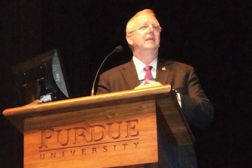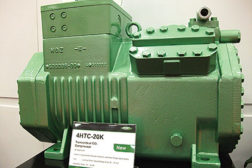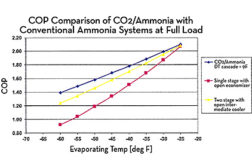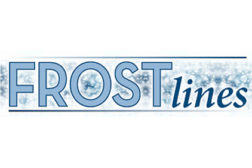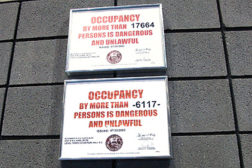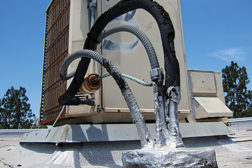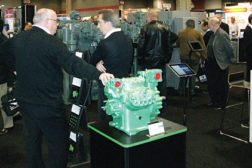Refrigeration
Low-GWP Refrigerants Stressed To Keep Refrigerant in Mix
Read More
Supporting Evolution of New Refrigerants
Adoption of F-gas Regulation Continues in European Union
Read More
FMI Conference Looks at Energy Issues
Event in St. Louis Includes Store Tours
August 25, 2014
Aug. 19, 2014: Emerson to Address EPA Proposed Rule Banning HFCs in Some Refrigeration Applications
Company Says Rule Would Have Significant Impact on Equipment Used for Retail Food Refrigeration
August 19, 2014
Man Gets Prison Time for Venting R-22
Ohio Man Pleads Guilty to Violating Federal Clean Air Act
Read More
Copyright ©2025. All Rights Reserved BNP Media.
Design, CMS, Hosting & Web Development :: ePublishing
